Comparing Chat GPT and Google Bard: Differences and Applications
Author: neptune | 17th-Jun-2023
Chat GPT and Google Bard are two of the most popular language models that have been developed in recent years. Both of these models are designed to generate human-like responses to text-based inputs, but they differ in several key ways. In this article, we will explore the differences between Chat GPT and Google Bard and how they impact their respective capabilities.
What is Chat GPT?
Chat GPT, or Generative Pre-trained Transformer, is a language model developed by OpenAI. It is based on the Transformer architecture, which is a neural network designed for natural language processing tasks. Chat GPT is trained on a massive corpus of text data, which includes everything from news articles to social media posts. This training data is used to teach the model how to generate human-like responses to text-based inputs.
Important features of Chat GPT
One of the key features of Chat GPT is its ability to generate coherent and contextually relevant responses. This is achieved through a process called conditional language modelling, where the model is trained to predict the next word in a sentence based on the previous words. This allows Chat GPT to generate responses that are not only grammatically correct but also semantically meaningful.
Another important feature of Chat GPT is its ability to generate long-form text. Unlike other language models that are designed to generate short responses, Chat GPT can generate entire paragraphs of text that are coherent and relevant to the input. This makes it ideal for applications such as chatbots, where users may ask complex questions that require detailed responses.
What is Google Bard?
Google Bard is a language model developed by Google. It is based on the same Transformer architecture as Chat GPT and is designed to generate human-like responses to text-based inputs. However, there are several key differences between Google Bard and Chat GPT that set them apart.
Differences between Google Bard and Chat GPT?
One of the main differences between Google Bard and Chat GPT is the size of their training data. While Chat GPT is trained on a massive corpus of text data, Google Bard is trained on a much smaller dataset. This means that Google Bard may not have the same level of knowledge and understanding of language as Chat GPT.
Another difference between Google Bard and Chat GPT is their focus on different types of text. While Chat GPT is trained on a wide range of text data, including social media posts and news articles, Google Bard is focused on poetry. This means that Google Bard may be better suited for applications that require poetic language, such as songwriting or creative writing.
Finally, Google Bard has a unique feature that sets it apart from Chat GPT. It is designed to generate responses that follow a specific rhyme scheme. This means that Google Bard can generate responses that not only sound human-like but also follow a specific poetic structure.
Which is better: Chat GPT or Google Bard?
The answer to this question depends on the specific application and use case. If you are looking for a language model that can generate coherent and contextually relevant responses to a wide range of text-based inputs, then Chat GPT may be the better choice. Its ability to generate long-form text and its extensive training data make it ideal for applications such as chatbots and customer service.
On the other hand, if you are looking for a language model that can generate poetic language and follow a specific rhyme scheme, then Google Bard may be the better choice. Its focus on poetry and its unique feature set make it ideal for applications such as songwriting and creative writing.
Conclusion
In conclusion, Chat GPT and Google Bard are two of the most advanced language models available today. While they share many similarities, they differ in several key ways that impact their respective capabilities. By understanding these differences, you can choose the language model that is best suited for your specific needs and use case.
#JavaScript #AI #Python #Hackerrank #Motivation #React.js #Interview #Testing #SQL #Selenium #IT #LeetCode #Machine learning #Problem Solving #AWS #API #Java #GPT #TCS #Algorithms #Certifications #Github #Projects #Jobs #Django #Microservice #Node.js #Google #Story #Pip #Data Science #Postman #Health #Twitter #Elon Musk #ML
 PaLM 2: Google's Multilingual, Reasoning, and Coding Model
PaLM 2: Google's Multilingual, Reasoning, and Coding ModelAuthor: neptune | 13th-May-2023
#Machine learning #AI #Google
Google introduces PaLM 2, a highly versatile language model with improved multilingual, reasoning, and coding capabilities powering over 25 Google products and features...
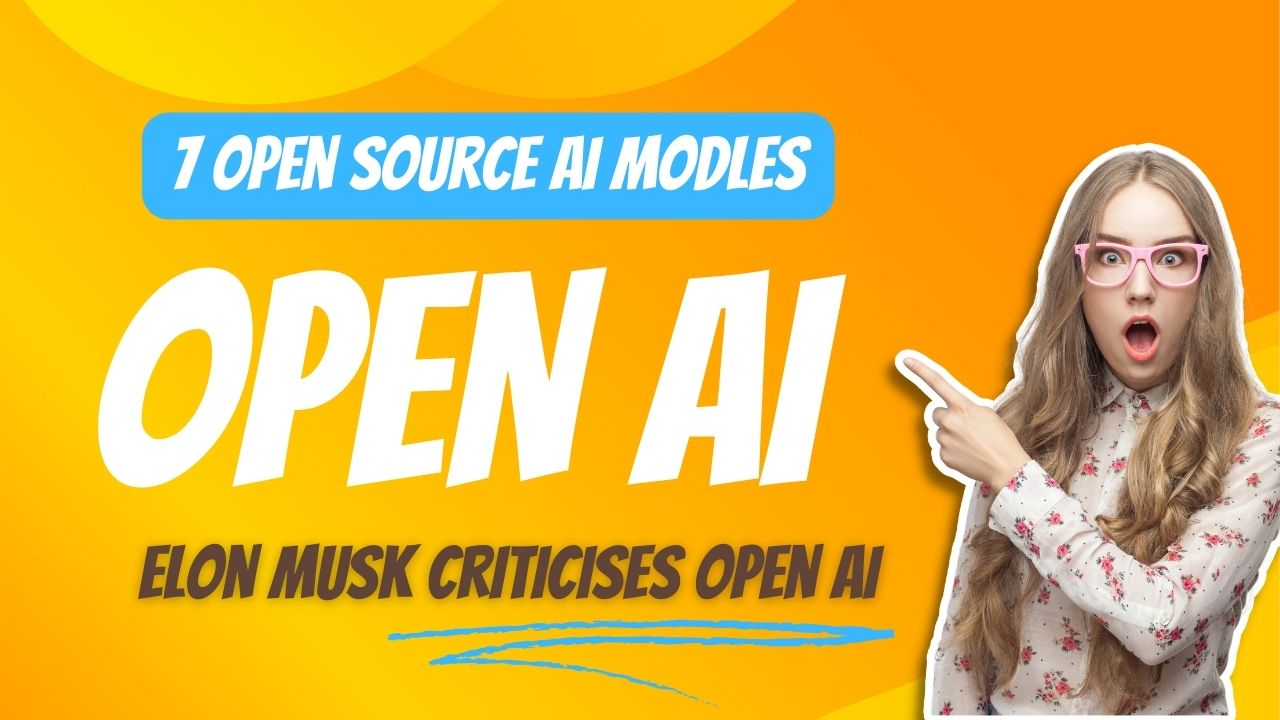 7 Open Source Models From OpenAI
7 Open Source Models From OpenAIAuthor: neptune | 11th-May-2023
#Machine learning #AI
Elon Musk criticized OpenAI for becoming a closed source, profit-driven company. Despite this, OpenAI has released seven open source models, including CLIP and Dall-E...
 The Godfather of AI Sounds the Alarm: Why Geoffrey Hinton Quit Google?
The Godfather of AI Sounds the Alarm: Why Geoffrey Hinton Quit Google?Author: neptune | 09th-May-2023
#Machine learning #AI
Geoffrey Hinton, the Godfather of AI, has quit Google and warned of the danger of AI, particularly the next generation AI language model, GPT-4...
 Generative AI Made Easy: Explore Top 7 AWS Courses
Generative AI Made Easy: Explore Top 7 AWS CoursesAuthor: neptune | 05th-Aug-2023
#AI #AWS #Certifications
These top 7 Generative AI courses by AWS offer a pathway to explore and master the fascinating world of Generative AI...
 Google Bard: A Chatbot That Generates Poetry
Google Bard: A Chatbot That Generates PoetryAuthor: neptune | 26th-Mar-2023
#Machine learning #AI #Google
Google has recently launched a new AI tool called Google Bard, which is a chatbot that can generate poetry. The chatbot is available to anyone with an internet connection, and it is free to use...
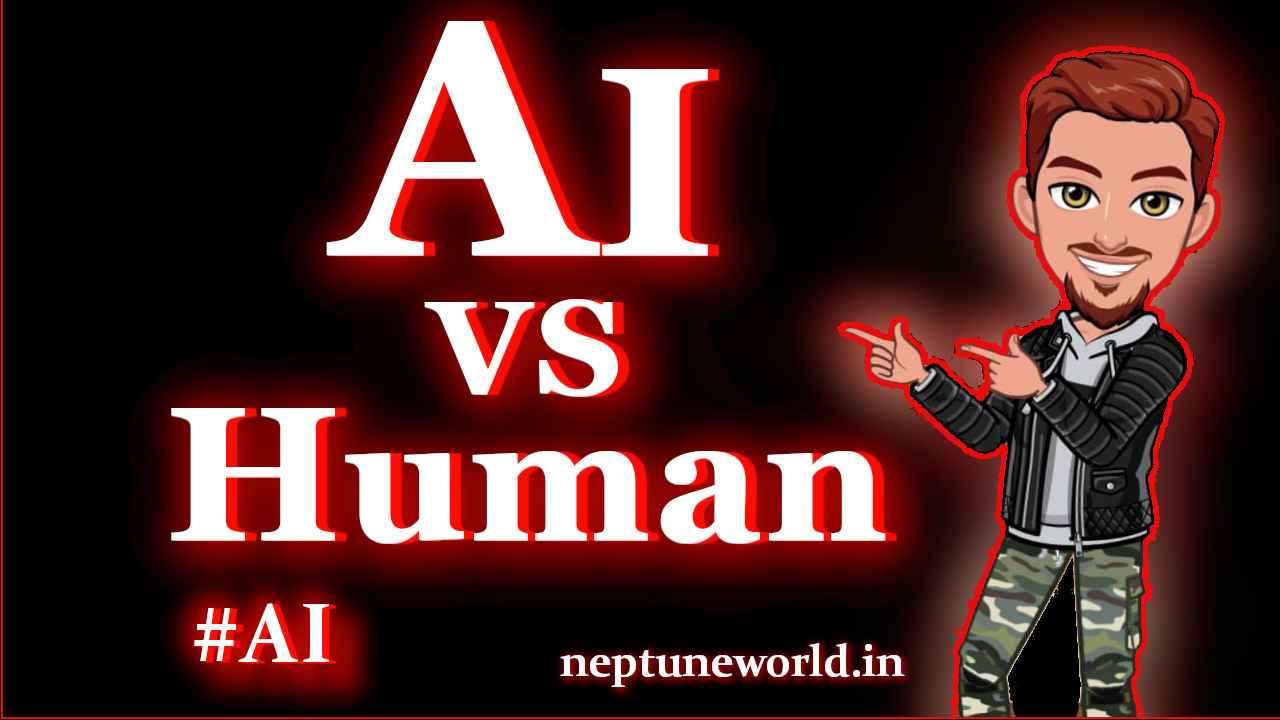 10 Essential Human Abilities: Cannot Replaced by AI
10 Essential Human Abilities: Cannot Replaced by AIAuthor: neptune | 01st-Apr-2023
#AI
AI has made remarkable progress in recent years, there are certain essential human abilities that it cannot replace. Empathy, creativity, morality, critical thinking, intuition...
 Jobs at major risk due to GPT! Yours?
Jobs at major risk due to GPT! Yours?Author: neptune | 07th-Apr-2023
#Jobs #GPT
The use of GPT has the potential to replace human labor in industries such as poetry, web design, mathematics, tax preparation, blockchain, translation, and writing...
 Top 5 use cases of ChatGPT in programming
Top 5 use cases of ChatGPT in programmingAuthor: neptune | 04th-Apr-2023
#AI #GPT
ChatGPT helps programmers optimize code, generate dummy data, algorithms, translate code, and format data, saving time and effort...
 The Future of AI: Effective Prompt Engineering
The Future of AI: Effective Prompt EngineeringAuthor: neptune | 07th-Apr-2023
#AI #Jobs
Prompt engineering is the art of crafting effective instructions for AI models, crucial for ensuring quality, accuracy, and ethical use of AI-generated output...
 Common Machine Learning Algorithms Used in the Finance Industry
Common Machine Learning Algorithms Used in the Finance IndustryAuthor: neptune | 23rd-Dec-2024
#AI #ML
The finance industry has embraced machine learning (ML) to solve complex problems and uncover patterns within vast datasets...
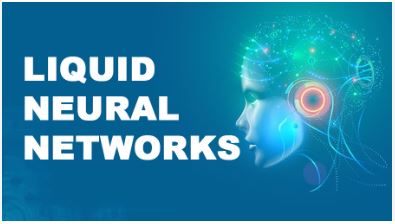 Liquid AI: Redesigning the Neural Network Landscape
Liquid AI: Redesigning the Neural Network LandscapeAuthor: neptune | 26th-Oct-2024
#Machine learning #AI
As AI continues to evolve, Liquid AI, an MIT spinoff, is reimagining neural networks with its innovative approach, liquid neural networks...
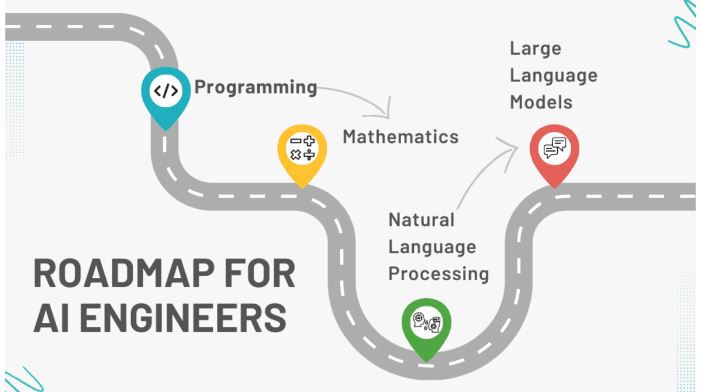 Roadmap for AI Engineers: 10 Easy Steps to Become an AI Engineer
Roadmap for AI Engineers: 10 Easy Steps to Become an AI EngineerAuthor: neptune | 22nd-Oct-2024
#Machine learning #AI
AI is transforming industries worldwide, & the demand for AI engineers has surged as companies look to incorporate ML and data-driven decisions into their operations...
 AI in Agriculture: Transforming Farming with Cutting-Edge Technology
AI in Agriculture: Transforming Farming with Cutting-Edge TechnologyAuthor: neptune | 04th-Jul-2024
#AI
AI is poised to revolutionize agriculture by making farming more efficient, sustainable, and productive...
 TCS Launches “GEN AI Tech Pathway” in its STEM Education Program goIT 2025
TCS Launches “GEN AI Tech Pathway” in its STEM Education Program goIT 2025Author: neptune | 13th-Jul-2025
#AI #IT #TCS
TCS’s launch of the Gen AI Tech Pathway is a clear step towards fostering AI literacy among youth, strengthening India’s position as a global digital innovation hub...
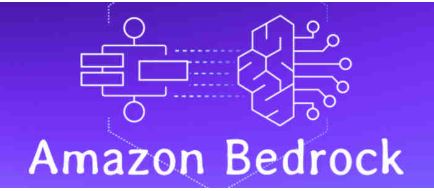 How to Train Foundation Models in Amazon Bedrock
How to Train Foundation Models in Amazon BedrockAuthor: neptune | 14th-Jul-2025
#AI #AWS
Amazon Bedrock simplifies the customization of foundation models by offering multiple techniques like fine-tuning, RAG, prompt engineering, and few-shot learning...
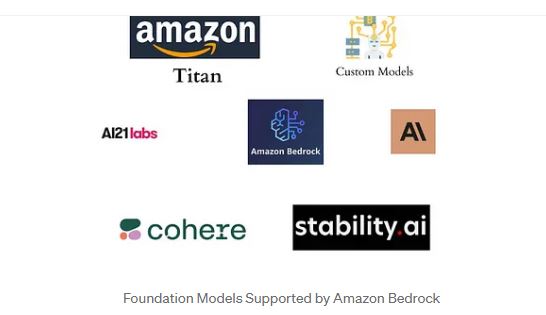 Different Types of Foundation Models Available in Amazon Bedrock
Different Types of Foundation Models Available in Amazon BedrockAuthor: neptune | 17th-Jul-2025
#AI #AWS
Amazon Bedrock offers a wide selection of foundation models from AI21 Labs, Anthropic, Cohere, Meta, Stability AI, and Amazon Titan...
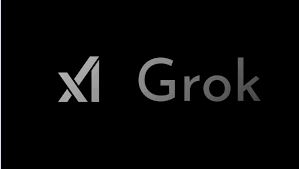 Grok xAI is more than just a chatbot – it is the gateway to a smarter, AI-driven X.com
Grok xAI is more than just a chatbot – it is the gateway to a smarter, AI-driven X.comAuthor: neptune | 17th-Jul-2025
#AI #Twitter
Elon Musk’s xAI recently unveiled Grok, a powerful conversational AI model integrated into X.com (formerly Twitter)...
 New Theories on the Origins of Life: 2025 Research Challenges Old Models
New Theories on the Origins of Life: 2025 Research Challenges Old ModelsAuthor: neptune | 18th-Jul-2025
#AI
The origins of life remain one of science’s greatest mysteries. For decades, theories such as the formose reaction...
View More